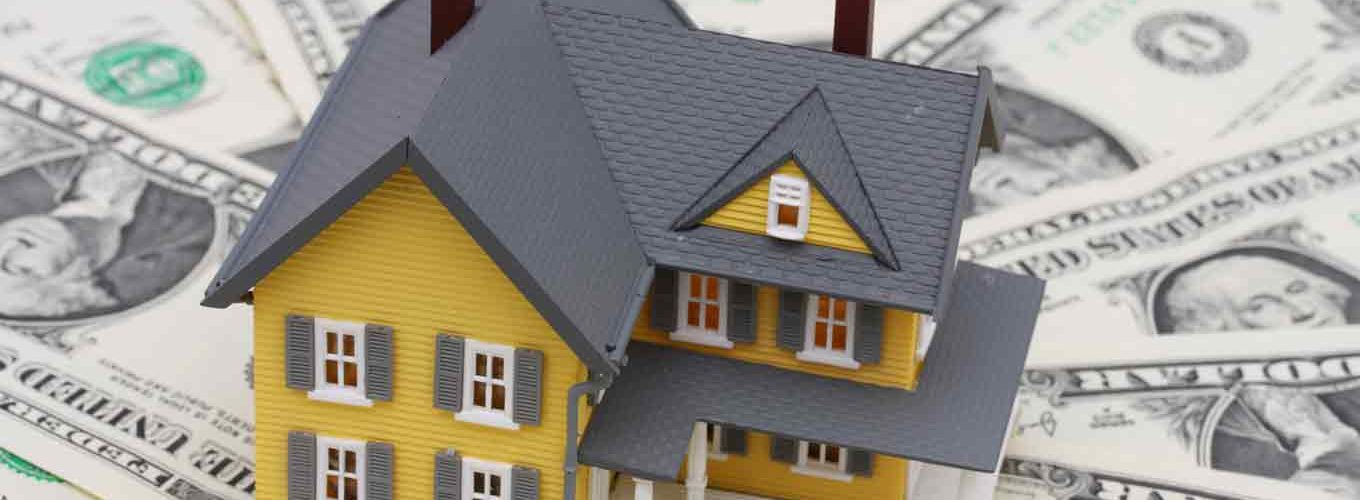With interest rates near all time lows, now is an excellent time to refinance a home mortgage. Unfortunately, many traditional mortgage lending institutions have been hurt by high rates of mortgage defaults and, because of this, have drastically tightened their lending standards. Because of the tightened lending standards, knowing how to position yourself financially and apply for a mortgage refinance is quite important.
The first step in refinancing your home is to get an understanding of your credit score. Your credit score is used by mortgage lenders to determine the likelihood that you will repay your mortgage. Your score, which is one of the largest determinants in the mortgage application process, is based off of your history of making on time payments as well as how well you manage open credit accounts. To ensure that you will get the best possible interest rate on a home mortgage refinance, you will need a credit score of at least 720. If your score is lower than 720, you may be able to improve it by paying down outstanding credit card balances.
The second step in refinancing your home is to determine how much equity you have in your home. A few years ago, many mortgage lenders were willing to provide up to 105% financing. Because of this and declining home prices, many people across the country now have negative equity in their home. Unfortunately, most mortgage lenders will require a mortgage refinance applicant to have at least 10% equity in their home. To determine your home equity, you will need to get a new appraisal. When ordering an appraisal, it is important to verify that the appraiser is certified in your state. If your appraisal proves that you have less than 10% equity in your home, you will need to put forth more equity into your home in order to be approved for the refinance.
The third step in refinancing your home is to determine your debt to income percentage. Your debt to income percentage is defined as your total monthly housing payments (including mortgage, taxes, insurance, and assessments) divided by your gross monthly income. In years past, many mortgage lenders were willing to give mortgages to anyone whose debt to income percentage was less than 40%. Due to the high amount of defaults, this percentage has dropped to 33% or less for most lenders. If your debt to income percentage is over 33%, after the refinance, you may not be approved for the refinance.
Once you have determined that you have an adequate credit score, enough equity in your home, and low enough of a debt to income percentage, the next step in refinancing your home is to contact your mortgage lender. Since your mortgage lender has a relationship with you, they may be willing to offer your low interest rates and fees to keep your business.
If you are not approved for the refinance, or are offered an unattractive interest rate, then you could look elsewhere. While many banks and mortgage brokers have scaled down on mortgage lending, many are still willing to lend to low risk borrowers. To find these mortgagors, the best place to look is online. There are various lending websites where you could input all of your personal information and you will be matched with several different lenders. Each lender will give you an initial quote outlining both interest rates and fees. This will allow you to shop between lenders and negotiate to receive the best possible offer.




